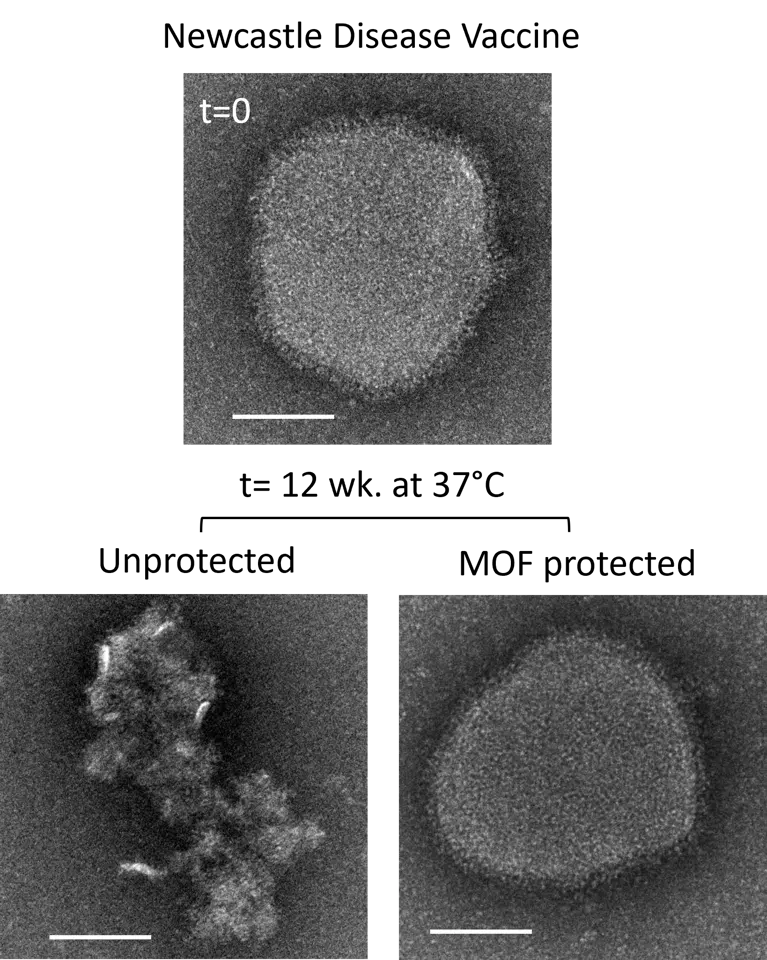Researchers at Australia’s CSIRO have come up with a new way for safekeeping vaccines even at high temperatures. It will allow them to be viable in up to 37 degrees Celsius for three months.
“Vaccination is undoubtedly one of the most effective medical interventions, saving millions of lives each year, however, delivering vaccines, particularly to developing countries, is challenging because they often lack the cold storage supply chains required to keep the vaccine viable,” explained Daniel Layton, a researcher working on the project.

The World Health Organization has stated that more than 50 percent of vaccines go to waste every year. One of the major issues behind this number is that the vaccines cannot be stored for long at higher temperatures.
Most vaccines need to be kept within a temperature range of 2-8 °C (35-46 °F) to avoid degradation. Some vaccines, particularly new mRNA vaccines, need to be kept at even colder, sub-zero temperatures.
The new technique uses a porous, dissolvable, crystalline material called a metal-organic framework (MOF). The material coats the vaccine molecules, protecting them from heat degradation until the vaccine needs to be administered. At that point, a solution is added to dissolve the MOF coatings and the vaccine is administered as usual.
“MOFs are a porous crystalline material that can grow around the vaccine to form a scaffold that protects against temperature variations,” said senior scientist on the project, Cara Doherty. “MOFs work similarly to a scaffold you might put around your house, once you remove the scaffold, your house remains – which is what happens when we dissolve the MOFs in a vaccine.”
A pair of common live virus vaccines were used to test the method. These two vaccines, one for a poultry disease and the other for influenza, generally degrade within days if not kept in a refrigerator.

“Live virus vaccines are extremely effective, but their complex composition makes them susceptible to high temperatures, and a universal stabilization technique has not been found,” said Layton.
The successful experiments showed the MOF coatings protected the two vaccines for 12 weeks at both room temperatures and up to 37 °C (98 °F).
It still needs some work done before it can be commercialized but it is showing great promise so far.
Ruhani Singh, the lead author of the study, is optimistic this new method will massively increase access to vaccines across the world. Singh says the technique is cheap and easily scalable, meaning it can swiftly slip into current vaccine manufacturing processes.
“This world-first approach of stabilizing a vaccine with MOFs is simple, rapid, and scalable because it takes one step,” said Singh.
The new study was published in the journal Acta Biomaterialia.


